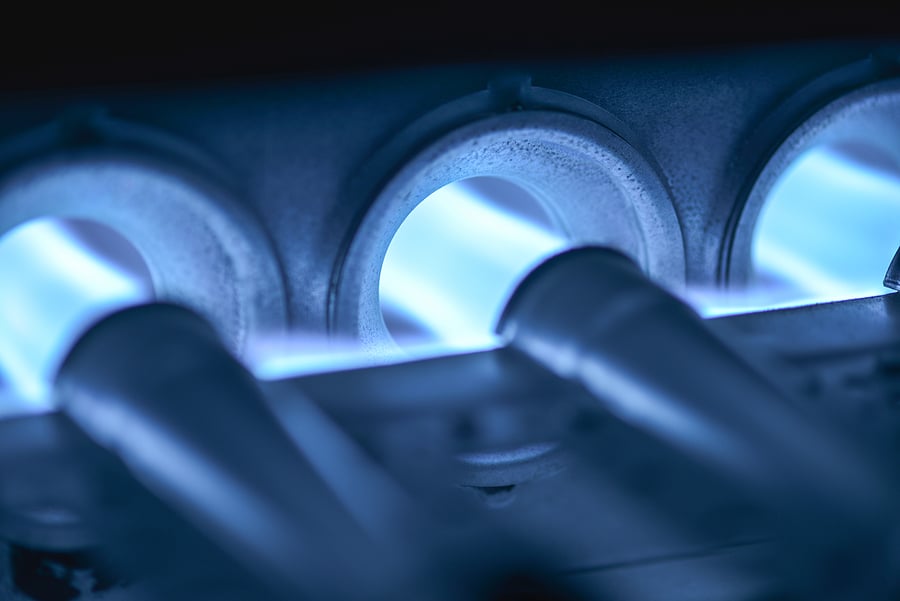Selecting the appropriate size furnace for your home is a crucial decision that directly impacts your comfort, energy efficiency, and overall heating system performance. Installing a furnace that is too small may leave you shivering in the cold, while one that is too large can result in unnecessary energy consumption and increased utility bills. Continue reading to learn more from the team at Allied Services, Inc.

Understanding Heating Load
The first step in choosing the right furnace size is to understand your home’s heating load. Heating load refers to the amount of heat your home requires to maintain a comfortable temperature during the coldest weather conditions in your region. Several factors influence heating load, including:
- Climate: Colder climates require more heating capacity than milder ones. Consider the average winter temperatures in your area.
- Home Size: The square footage of your home is a crucial factor. Larger homes generally need more heating capacity.
- Insulation and Windows: Well-insulated homes with energy-efficient windows require less heating capacity than poorly insulated ones.
- Ceiling Height: Higher ceilings may require additional heating capacity.
- Number of Occupants: The number of people in your home contributes to the overall heat load.
Calculating Furnace Size
Once you have a good understanding of your home’s heating load, you can use that information to calculate the required furnace size. Heating professionals typically use a formula that takes into account the factors mentioned above. However, you can use a simplified version by multiplying your home’s square footage by a climate-specific heating factor.
For example, if you have a 2,000-square-foot home and live in a cold climate, you might use a heating factor of 40-45 BTUs (British Thermal Units) per square foot. The calculation would look like this:
2,000 sq. ft. x 40 BTUs/sq. ft. = 80,000 BTUs
Choosing the Right Furnace
Once you’ve calculated the required heating capacity, you can begin looking for a furnace that matches those specifications. Furnace sizes are typically measured in BTUs, and it’s essential to match the calculated load closely without going overboard.Here are some additional considerations:
- Efficiency Ratings: Higher efficiency furnaces may have a lower heating capacity requirement due to their ability to extract more heat from the fuel.
- Zoning: If your home has multiple zones with varying heating needs, consider a zoning system to distribute heat more effectively.
- Professional Consultation: It’s advisable to consult with a heating professional who can perform a detailed assessment of your home’s heating needs.
Allied Services, Inc. provides quality furnace installations to the communities of Dayton, Oakwood, and beyond. Contact us today at (937) 269-5059 for a free estimate.

 (937) 269-5059
(937) 269-5059